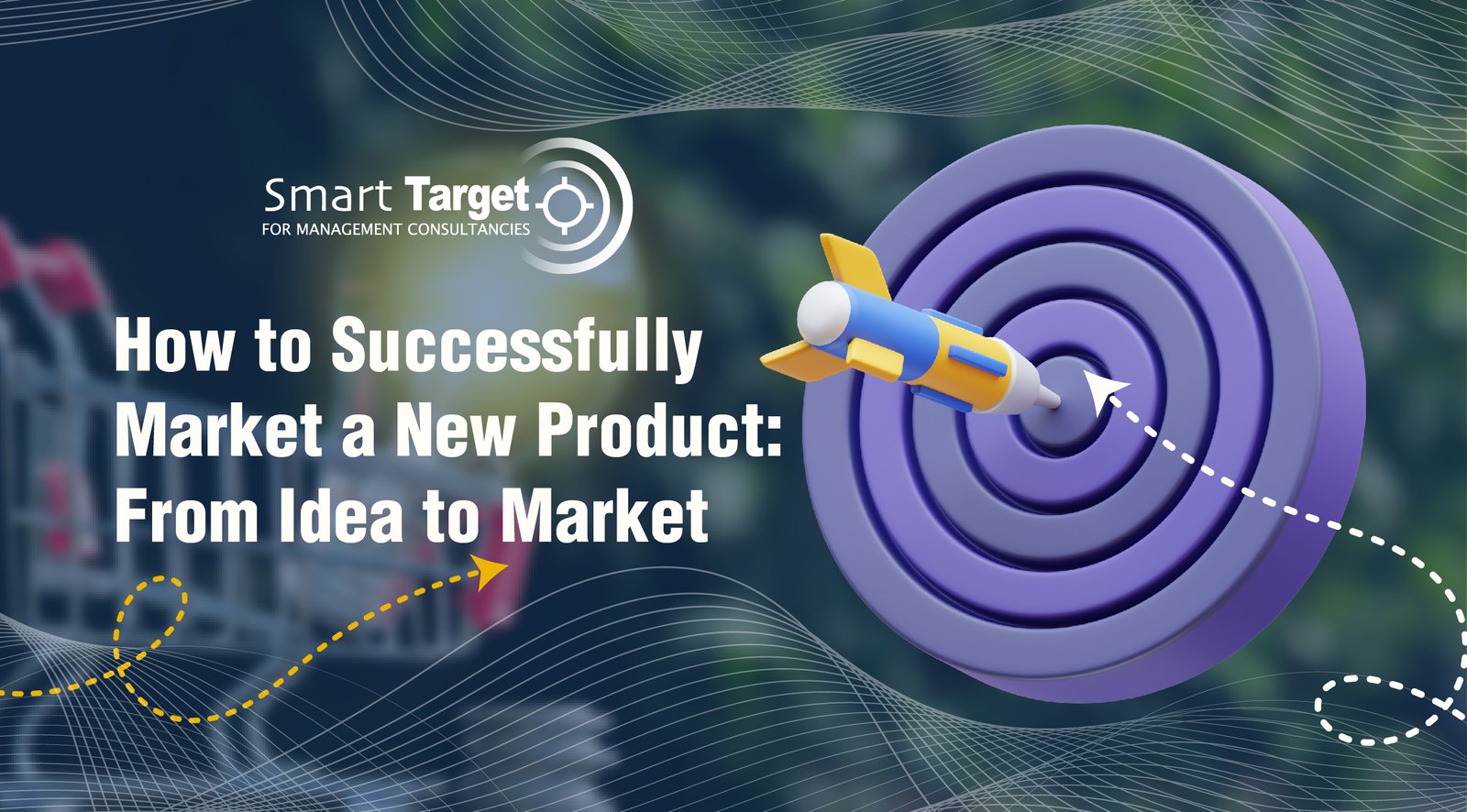

Marketing a new product is a crucial stage for businesses, as it plays a key role in determining its market acceptance, reaching consumers, and ultimately its success. In an ever-evolving market, with changing consumer preferences and increasing competition, the need to understand how to successfully market a new product, and have a strategic approach to product marketing is more important than ever.
The first step in learning how to successfully market a new product is to deeply understand the market and audience. This involves conducting research to gather insights about the target demographic, including their needs, preferences, pain points, and buying behavior. Understanding these factors allows you to tailor your marketing strategy to specifically meet the needs of your audience, which increases the likelihood of your product being well-received. This can be done through:
Segmentation and Targeting: Divide the market into segments based on different criteria such as demographic, psychographic, and behavioral characteristics. Once segmented, target the segment(s) most interested in your product's potential.
Competitor Analysis: Analyze your competitors to understand their strengths, weaknesses, and marketing strategies. This will help you identify opportunities to differentiate your product and position it more effectively in the market.
A unique value proposition is a clear statement that describes the benefit of your product, how it solves your customers' problems or improves their situation, and what sets it apart from the competition. A UVP is essential for making your product stand out in a crowded market by:
Benefits over Features: Focus on the benefits your product provides to customers rather than just its features. Benefits address the customer's problem directly, making the product more appealing.
Clarity and Simplicity: Ensure that your UVP is easy to understand and effectively conveys the value of your product to your target audience.
In today's digital age, it is important to use a mix of marketing channels to effectively reach your audience. This includes both digital and traditional channels tailored to where your target audience is present. This can be done through:
Digital Marketing: Utilize social media, email marketing, content marketing, and Search Engine Optimization (SEO) to reach a wider audience online.
Traditional Marketing: Depending on your product and target audience, traditional marketing methods such as print advertising, direct mail, and public relations can also be effective.
Influencer Marketing: Partnering with influencers who have a large following in your industry can help increase the visibility and credibility of your product.
Content marketing is a powerful tool to attract your audience and build trust. Create valuable content that educates your audience about your product and its benefits such as:
Educational Content: Use blog posts, infographics, videos, and webinars to educate your audience about your product and the industry.
Storytelling: Share stories about your product's development, customer success stories, or how your product makes a difference. Stories can create emotional connections and make your product more memorable.
Create excitement and anticipation with a product launch event. This can be a live event, webinar, or online live stream. Use promotions such as early bird discounts, free trials, or exclusive access for early adopters to encourage sign-ups or pre-orders. Events and offers not only generate buzz but also provide an immediate boost in visibility and sales.
After launch, it is essential to gather customer feedback. Use surveys, social media listening, and review analysis to understand customer satisfaction and areas for improvement. This feedback is not only crucial for product improvement but also for tailoring your marketing strategies to better meet the needs of your audience.
Finally, continuously monitor the performance of your marketing campaigns and be prepared to adapt your strategy based on feedback and results. Use analytics tools to track engagement, conversions, and ROI. Listen to customer feedback and be open to making changes to your product or marketing strategy to better meet the needs of your target audience.
Understanding how to successfully market a new product requires a well-planned and executed strategy that is adaptable to change. By understanding your market and audience, developing a unique value proposition, leveraging multiple marketing channels, creating engaging content, and continuously monitoring and adapting your strategy, you can increase the likelihood of your product's success in the market.
When exploring marketing strategies in Kuwait, remember that the journey to success begins with understanding your audience, creating great content, and letting the power of communication do the rest.
Remember, successful product marketing is not just about making sales, but also about building relationships with your customers that foster trust and loyalty over time.